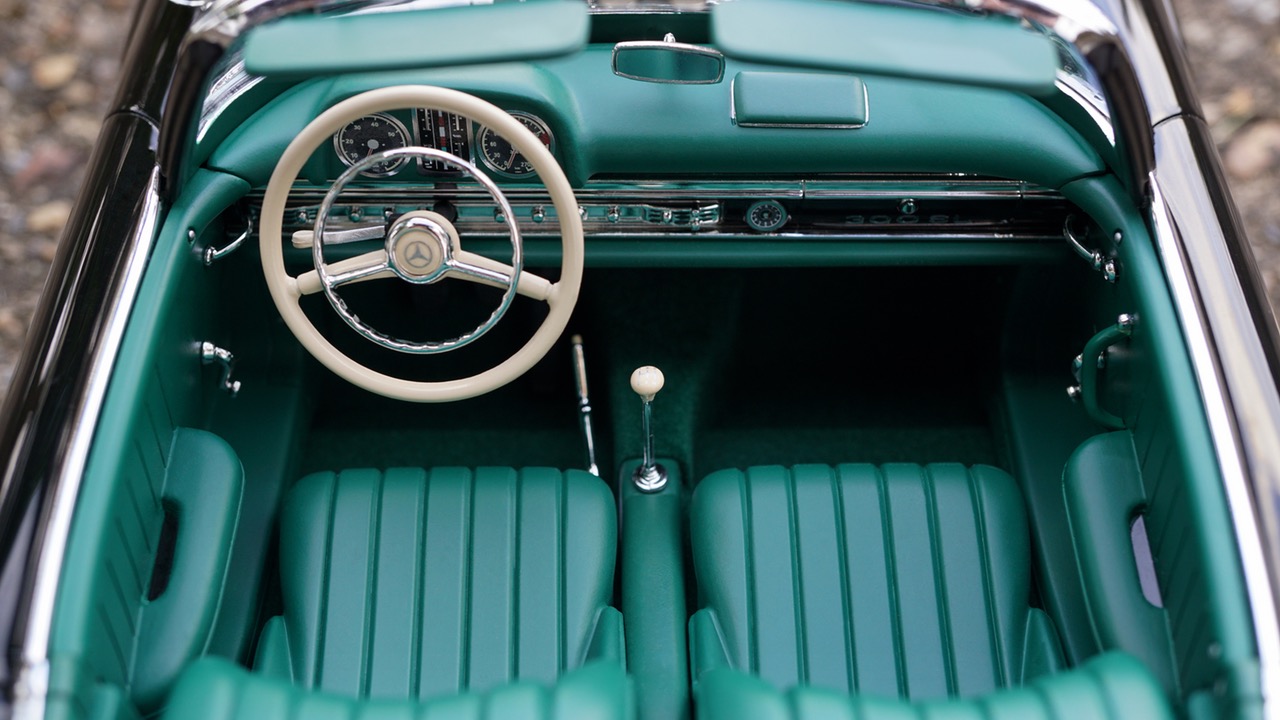Understanding Standard Transmission
By on May 12 2017

Confession: I don't actually know how to drive a manual car. I tried once, in the parking lot of one of my favorite restaurants in the area. My boyfriend and I were leaving after a sandwich-filled lunch and just before we got to the car he tossed his keys to me and said, "Wanna try to drive? "
I was a little scared but mostly excited. He'd been saying he'd teach me for over a year at that point but we never got around to it.
Then I failed. I backed it up a few feet, we stalled out and I got frustrated. I told him we'd try again another day because I didn't want to stall out on the highway. He laughed, took over driving, and we never tried again (maybe that'll change after he reads this?).
I don't want to give up though, so I did some research because understanding something is the first step to conquering it, right?
How Does Manual Transmission Work?
Automatic transmission does all the work for you, but what's the fun in that? Manual gets the gears going in your brain and you can even learn— to a certain degree— how to do it by watching online videos.
The transmission controls the speed and torque of the wheels so that your car can move. It's an important part of your car.
When we start to break things down, we start with gears and gear ratio. Input and output shafts are connected by a counter shaft, and each one has gears that correspond with the numbers on the stick shift (1st gear, 2nd gear, etc.).

There are two different types of standard transmission gear designs: sliding mesh and constant mesh. The first type is rather noisy and can be difficult to operate while the constant mesh is easier and makes less noise.
The stick you're moving around to shift gears controls the sliding of the transmission, while the clutch disconnects the wheels from the engine so that we can engage the engine to the transmission with little slippage. In other words, stepping on the clutch takes pressure off components of the transmission which allows you to switch gears with the gear stick.
This is a great video on tips of what not to do when driving a stick shift (the first one is great— I do this all the time in my automatic, so it's going to be a habit to break!):
What Are the Benefits of Stick Shift?
Alright, so now I'm wondering why I might want to consider a stick shift for my next vehicle. There are a few good reasons, actually.
The first is that, when driven correctly, they are easier to maintain. Because the components are less complex than automatics (technology-wise), less tends to go wrong with the only major part to replace being the clutch. Still, that part is good for hundreds of thousands of miles when properly used.
Another reason is that standards tend to be better on gas. The numbers here vary between 5 and 15% depending on road condition and your driving style.
Finally, standards tend to be less expensive than automatic cars, and who doesn't love anything that qualifies as less expensive?
These are just some of the benefits of driving a standard vehicle, and they sound pretty great to me. In fact, once people make the switch over they oftentimes don't switch back. So, now what?
Next step: get behind the wheel and learn so I can drive my dad's '68 Barracuda.
Petroleum Service Company has everything you need to keep your car— standard or automatic— running smoothly. Shop motor oils today!
Sources:
https://en.wikipedia.org/wiki/Manual_transmission https://www.youtube.com/watch?v=wCu9W9xNwtI http://auto.howstuffworks.com/clutch.htm http://www.nydailynews.com/autos/driving-stick-pros-cons-manual-transmissions-article-1.1247896 https://www.erieinsurance.com/blog/seven-benefits-of-driving-stick-shift






